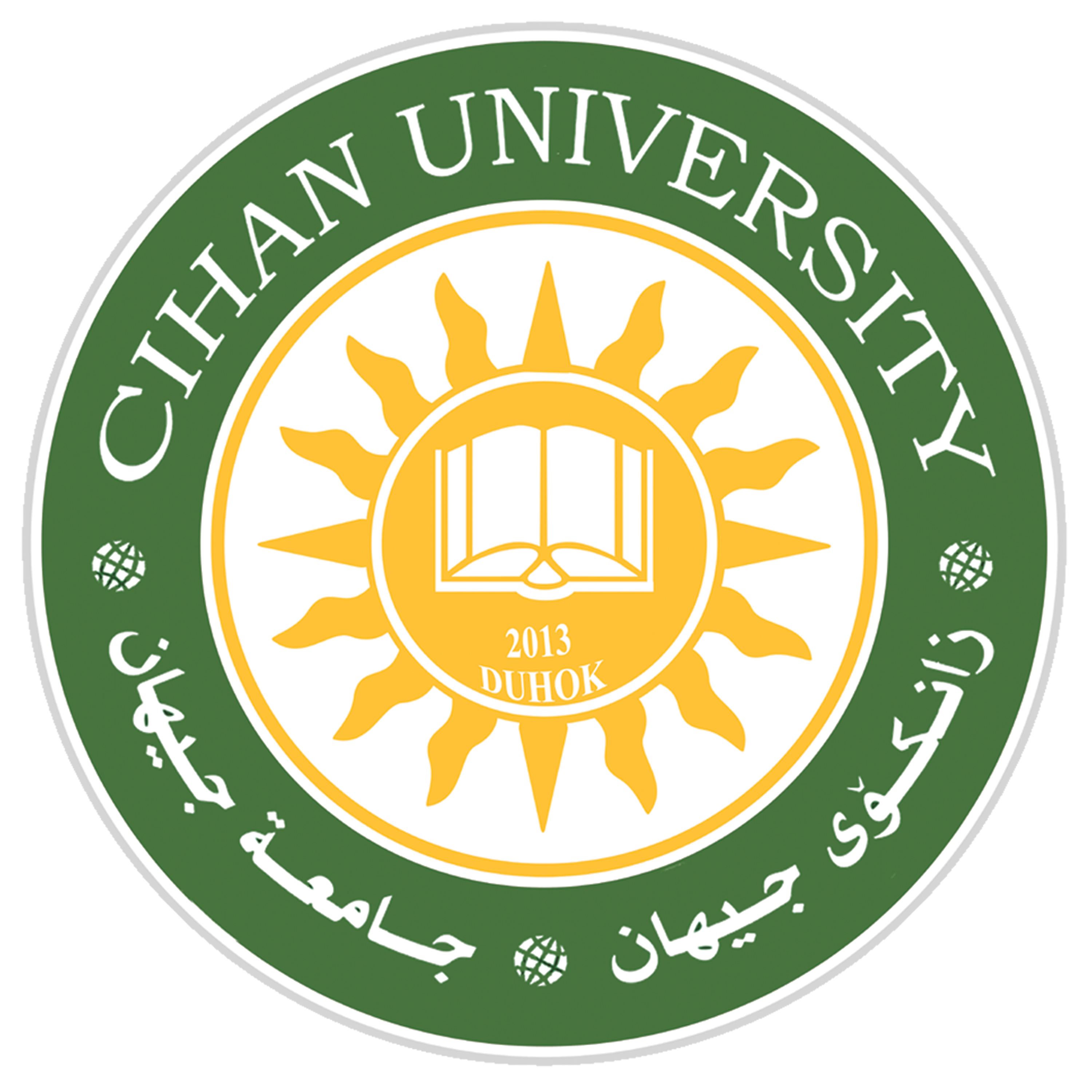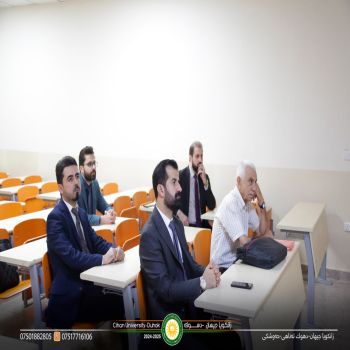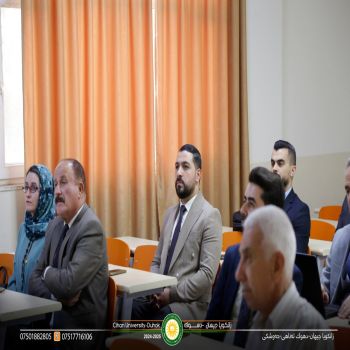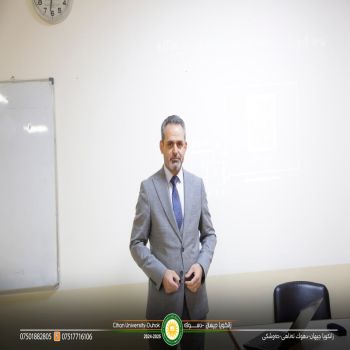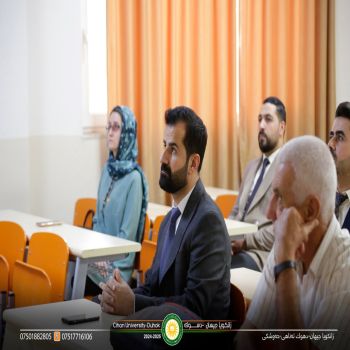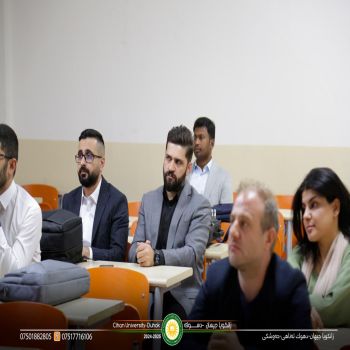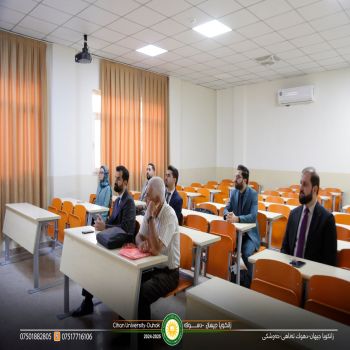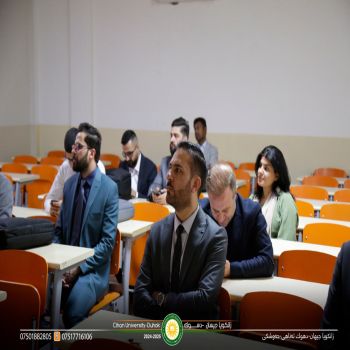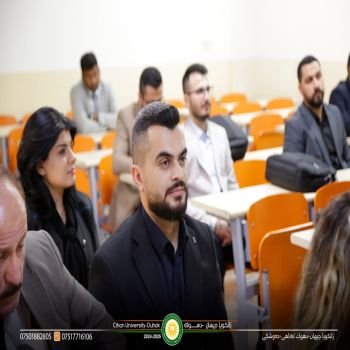A symposium entitled: Integrating Critical Media Literacy into English Language Teaching: Strategies and Best Practices
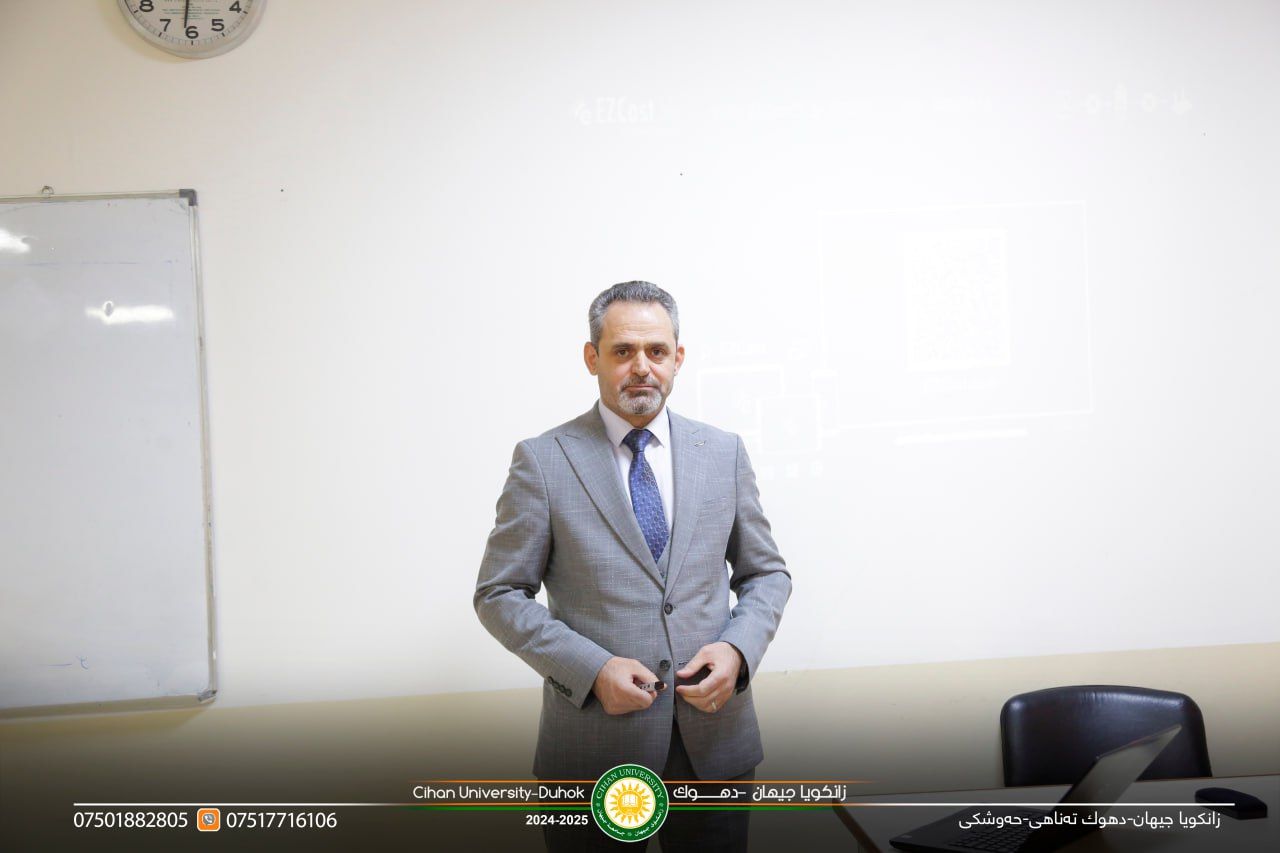
Today on (Oct 7, 2024) in the presence of the head of departments and lecturer a symposium entitled (Integrating Critical Media Literacy into English Language Teaching: Strategies and Best Practices), was presented by the (Asst. Prof. Dr. Ahmad Abdulkareem SHABAN) from the Department of English, Where it has been explained aboutThe integration of Critical Media Literacy (CML) into English Language Teaching (ELT) has become increasingly vital in the digital age, where students are constantly exposed to diverse media. This approach empowers learners to critically analyze media messages, recognize bias, and develop informed opinions while enhancing their language skills. This paper explores strategies and best practices for incorporating CML into ELT, focusing on fostering critical thinking, media analysis, and ethical communication. Through authentic materials, project-based learning, and collaborative activities, educators can create engaging lessons that develop both linguistic competence and media literacy. The study highlights the role of teachers in guiding students to navigate media landscapes, encouraging thoughtful reflection on media influence and fostering skills necessary for active participation in a media-driven society. This integration not only enhances language proficiency but also equips students with essential life skills for responsible media consumption and production.Integrating Critical Media Literacy (CML) into English Language Teaching (ELT) is a transformative approach that not only enhances students' language acquisition but also equips them with essential critical thinking skills necessary for navigating today’s complex media landscape. By incorporating media analysis into language instruction, educators help students become more discerning consumers and producers of media, fostering awareness of bias, representation, and power structures embedded in media content. The combination of diverse media resources, inquiry-based learning, and critical discussion allows learners to engage with the world more thoughtfully and responsibly. Ultimately, this integration empowers students to use language not just as a tool for communication but as a means of deeper engagement with the cultural, social, and political forces that shape modern life. At the end of the symposium, a set of questions and answers were raised on this subject.
